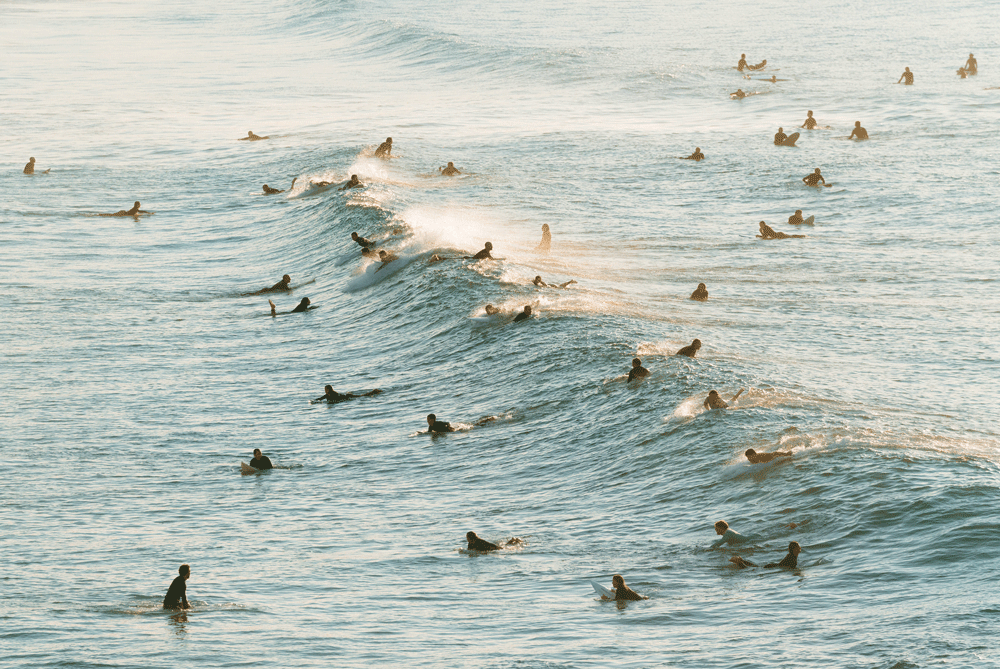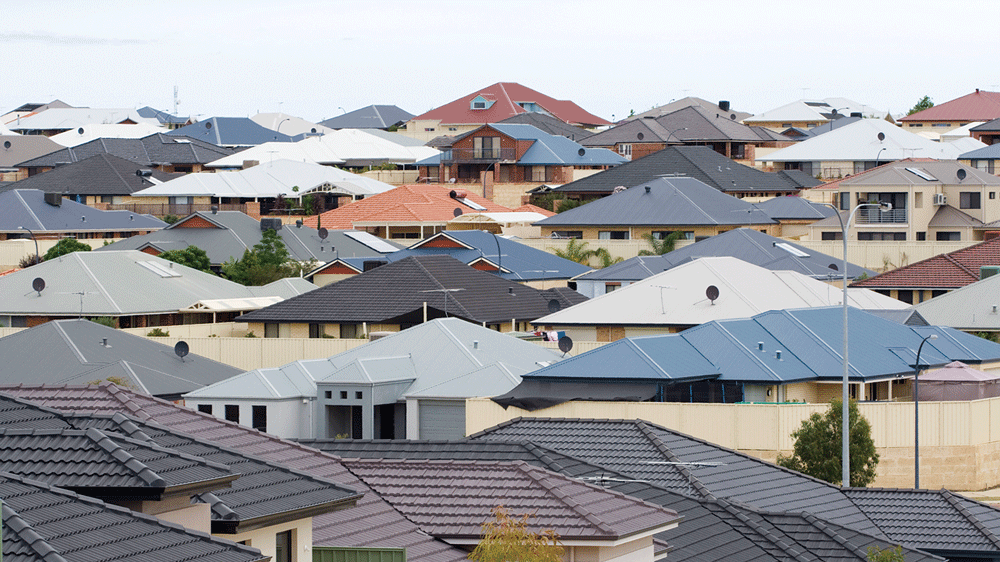The Summer to End all Summers
January 9, 2024

Growing up, a fixture of my childhood was the iconic Aussie summer. I spent many of my early years either indoors with the air conditioning turned up full-blast, or swimming in our local watering hole. The scorching sun was a constant, with days of humid weather on the east coast or dry, oven-like temperatures in the west.
When I moved to New Zealand a few years later, I experienced a whole new climate. From the frigid arctic wind of Invercargill to the sticky, wet coastal humidity of Tauranga, as in Australia, New Zealand is a land of extremes. Once, in the middle of a Rotorua summer, I and several hundred others were pitching our tents at a campsite when we were hit by the tail-end of a tropical cyclone. I still remember rushing into town, soaking wet, to meet fellow campers at the laundromat to dry our clothing. That week, raincoats and gumboots were sold out across the entire city of Rotorua.
Though I didn’t understand it at the time, the extreme temperatures of my childhood were the result of a climate phenomenon known as El Niño. Originally named by Peruvian fishermen in the late 16th century after the newborn Jesus, El Niño, along with its sister La Niña, have dictated the weather of nations in the Pacific rim for centuries. Generally speaking, El Niño means warmer and dryer conditions for whichever country it affects, whereas La Niña heralds cooler and wetter conditions. However, it’s not as though El Niño evaporates water from thin air. The hotter and dryer conditions in Australia, for instance, could mean torrential rain and flooding in Indonesia at the same time. In 2016 (the hottest year in recorded history), El Niño caused an extreme drought in Papua New Guinea. Oxfam estimated that in the same year, about 3 million Papua New Guineans (or one-third of its population) were affected by the drought.
For those of us in the South Pacific, this year’s summer could be cause for real concern. El Niño is notoriously difficult to predict, which makes it even more difficult for health and weather experts to make recommendations on how to appropriately prepare. According to Dr Karl Braganza, senior climate scientist at the Bureau of Meteorology, reduced rainfall is almost a certainty. Speaking to The Guardian, he cautioned that “after three consecutive years of very wet La Niña summers, there is now a lot of grass and vegetation that could become fuel for fires”. The good thing, he mentioned, is that at least we haven’t had back-to-back hot and dry summers, meaning undergrowth hasn’t had several years to dry out.

Getting chilly
The other factor that El Niño affects is the amount of sea ice in the ocean. Both the north and south poles contribute to this statistic—but it’s Antarctica this season that is the cause for concern among climate scientists. Every year, like the waves of the ocean, the sea ice around Antarctica ebbs and flows. In winter, it grows and in summer, it shrinks. Last year broke a new record for the lowest amount of sea ice around the continent. The average amount between 1981 and 2010 was 18.71 sqkm. In 2023, the max was 16.96 sqkm. In lay terms, this is likely an indication of the slowly warming global ocean temperatures. Sea ice acts as a natural dam wall, preventing land ice from falling into the ocean. The more land ice falls into the ocean, the higher ocean levels will rise, endangering island nations and cities that border oceans. Already, Tuvalu and the Solomon Islands are seeing the effects of these changes, as their land masses slowly but visibly sink beneath the waves.
In Australia and New Zealand, it’s also those closest to the poverty line who will suffer the most. In Sydney, temperatures vary between the suburbs of Penrith in the west and Manly in the north-east by a factor of 10 degrees or more. The difference is in both urban planning and geography. In large housing estates like you’ll find in Sydney’s Box Hill or Marsden Park, houses are built incredibly close to each other, with lots typically around 300-450 sqm. To accommodate the maximum number of lots within a given estate, building companies will typically bulldoze the entire area. Trees, bushes, natural waterways, swamps—everything is removed, drained or filled in. Ironically, trees and shrubbery are then later planted along streets or in yards. Any that survive the harsh weather conditions will take upwards of 20 years or more to mature. Contrast this with older, established suburbs. These typically have larger lots (those that aren’t subdivided, that is). Established trees decades old (or more) are built around, rather than ripped out. More natural bush is preserved, creeks are left alone and as a result, temperatures are more moderate. The stark chill of winter is not so harsh, whereas the burning summer sun is absorbed into leaf matter and thereby creating a cooler pocket for those who live there.

Let’s get practical
Of course, this is all very well for those who can afford to live in such areas. In most cities in the world, leafy-green suburbs with large lots are typically only for those with more wealth. The upper-middle class is more and more being pushed to suburbs like Marsden Park and those on the lower end of the economic spectrum are left to either share run-down homes with other people or crowd into high-rise apartments.
Suffice it to say that for most of us, this summer will be intolerable at best. At worst . . . well, that remains to be seen. On a practical level, here are five practical things you can do to stay cool this summer.
1. Keep the blinds closed. If you have large north or west-facing windows, these can heat up to an uncomfortable degree. Curtains, blinds or blackout window furnishings can help reduce the amount of sunlight entering your home and therefore, keep the temperature more stable.
2. Close the doors of unused rooms. If you’re using central cooling, a wall-mounted heat pump or fans, the more space they need to cool, the harder they’ll work. If you’re only using the living room, why cool the other rooms?
3. Stay hydrated. If you’re hot and sweaty, you’ll lose a lot of water through your pores. Drink lots of fluids and as a bonus, you’ll cool down.
4. Use breathable materials. Linen is a fantastic material to wear during hot weather because it has a lower thread count than polyester or cotton. Did you know the same can be said for bed sheets? Wealthy people prize higher threadcounts, but in actuality the lower your sheets’ thread count, the cooler they’ll be to sleep on.
5. Cook in the morning or outside. There’s nothing worse than putting a bunch of veggies in a 200-degree oven at 4:00 in the afternoon when it’s 32 degrees outside. Rather, try cooking outside on a barbecue—or earlier in the morning, when it’s cooler.

On the one hand, those of us lucky enough to live in places with a cooler thermal footprint will notice the increased temperatures but it’ll be a blip. On the other hand, there’s very real dangers for those living in high-density housing, social housing or copy-paste housing estates. No matter where you are or what class you belong to, we’re all in this together. Though I may be insulated from effects of changing climate today, tomorrow I may find my home washed away in a flood or burned down by a fire. It’s worth remembering that although it’s not my fault alone, I still have a responsibility to my fellow human. Whether that looks like writing a letter to your local MP, donating to a cause that helps those affected by climate change or bringing awareness through a non-profit, there’s something we all can do.








